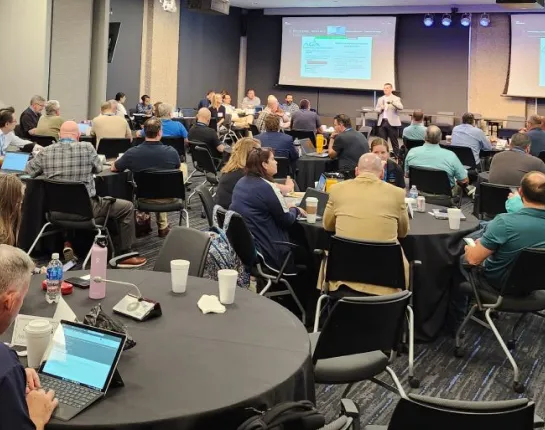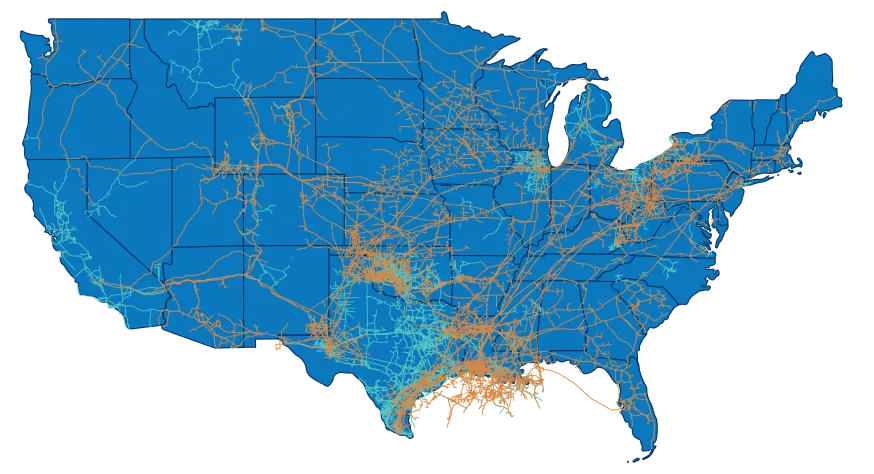Natural Gas is
Safe
87% of adults using natural gas in their home trust their service to heat their home safely.




The Safest Way to
Deliver Energy
Natural gas is delivered to customers through a 2.8-million-mile underground pipeline system. This includes approximately 2.4 million miles of local utility distribution pipelines and 400,000 miles of transmission pipelines that stretch across the country.
Improving Pipeline Safety
Pipeline Safety Management Systems (PSMS) includes the identification, prevention and remediation of safety hazards.
At the heart of PSMS is a culture of safety, risk awareness and mitigation, the sharing of lessons learned and consistent self-evaluation. By cultivating pipeline safety practices at a systems level, PSMS helps organizations identify potential hazards and address them before accidents occur. PSMS manages pipeline safety through continuous monitoring and improvement and its “Plan-Do-Check-Act” cycle.
AGA’s PSMS Workshop has been held annually since 2015.
The Enhanced Peer Review Program
- Operational Controls, Procedures, System Controls and Management of Change (MOC)
- Safety Assurance: Audits, Evaluations, Audit and Evaluation Review/Closure, and Performance Measurement
- Management Review and Continuous Improvement, Documentation and Record Keeping

Achieving Excellence
The AGA Peer Review Program is a voluntary safety and operational practices program that allows participating companies to be reviewed by their peers, share leading practices, and identify opportunities to better serve customers and communities.
Each review features a panel of fellow gas utility professionals from North America who provide the company with feedback to help enhance its safety and efficiency.
AGA's Commitment to Cyber and Physical Security
Our commitment to cyber and physical security was developed and adopted to demonstrate dedication to ensuring that natural gas pipeline infrastructure remains resilient to growing and dynamic cyber and physical security threats.
Security Through Threat Sharing and Analysis
The Downstream Natural Gas Information Sharing and Analysis Center (DNG-ISAC) is the premiere cyber and physical threat sharing and analysis organization for the natural gas industry in the U.S. and Canada facilitating situational awareness and threat communication between operators and with the federal government.
Natural Gas Exercise (NGX)
In 2024, AGA hosted the second NGX, a nationwide tabletop drill focused on natural gas distribution and transmission cybersecurity, physical security and business continuity.
Nearly 250 industry and government professionals representing 50 natural gas utilities, transmission companies and federal and state government officials from across the United States and Canada participated in the event.
Incident Preparedness
The goal of the exercise is to plan and prepare for a cyber or physical event.
Working Together
Participants represent all parts of the natural gas value chain and the federal government.


